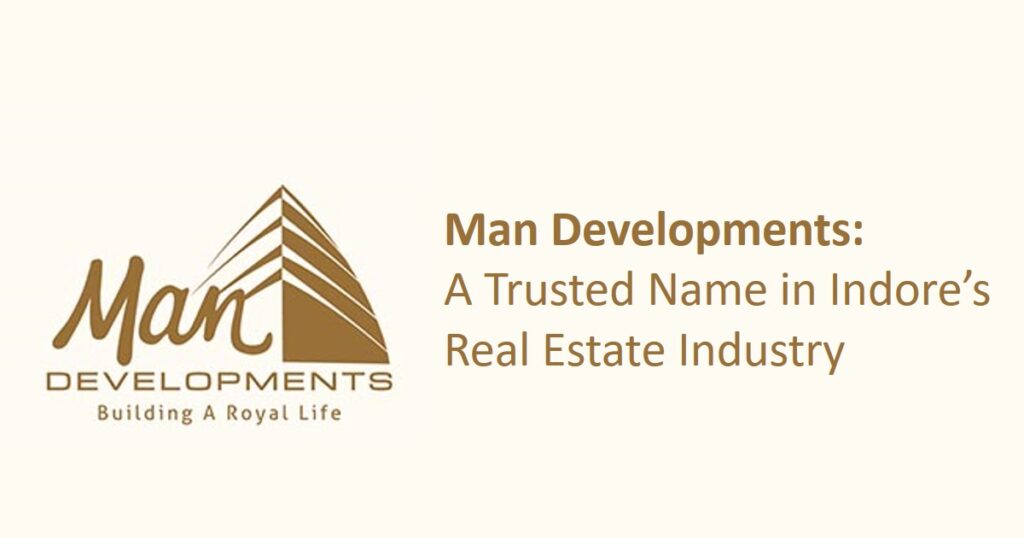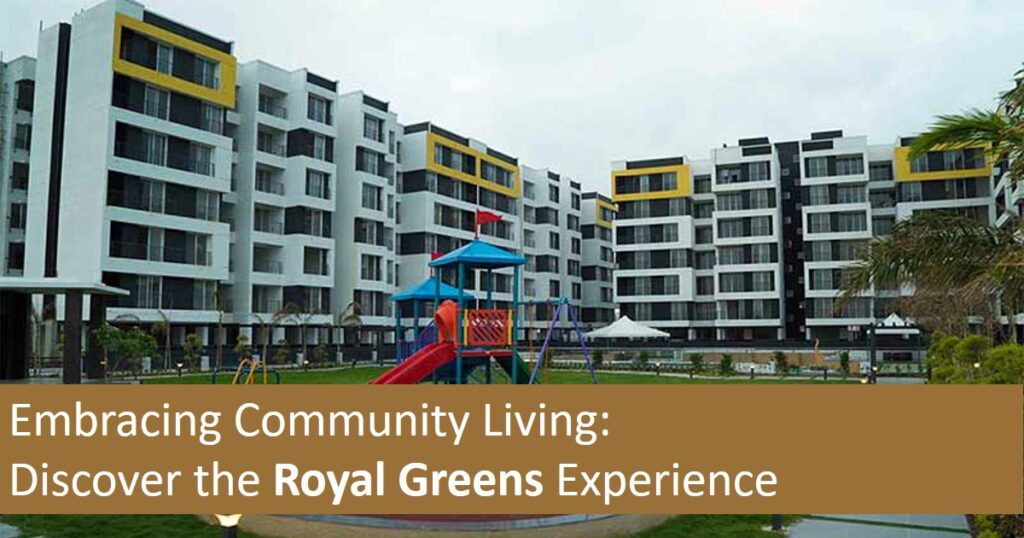Imagine living in a space without natural light. To make things worse, a building makes construction noises the whole day, hampering your lifestyle.
Would you like to stay, with your family, in such a setting?
Obviously not.
Open spaces are important in a residential township. Our minds crave and ask for open and green spaces. Such as playgrounds, green spaces, public spaces, public gardens, and parks. Apart from the obvious benefits to the residents of such townships, open spaces improve the quality of life and long-term sustainability of the community and also boost the property’s resale value.
Urban Living and Its Changes
Urbanization has shifted masses to cities. The surge in population has led to congested cities with limited access to open spaces and recreational areas. People living in urban environments often face challenges such as air pollution, noise, and limited opportunities to connect with nature. Residential townships that prioritize amenities and open spaces cater to this growing need for healthier and more balanced lifestyles.
Amenities like parks, swimming pools, sports facilities, and community centers have shifted from being luxuries to necessities. They enhance the living experience and foster social interaction, physical activity, and mental well-being.
Why Do People Demand Open Spaces in a Township?
Beyond amenities, open spaces are the backbone of a livable residential township. They address multiple facets of urban living, from health to environmental sustainability.
- Physical and Mental Health Benefits: Open spaces like parks, gardens, and green belts provide residents with areas to exercise, meditate, or just relax. Regular exposure to greenery has been linked to reduced stress, improved mood, and better overall well-being.
- Environmental Advantages: Green spaces are the heartbeat of any township. They improve air quality, reduce the urban heat island effect, and promote biodiversity. Strategically planned open spaces can also aid in better rainwater management through natural absorption, an overall advantage to the community.
- Social Interaction Centres: Open spaces encourage informal gatherings, family outings, and neighbourhood events. They create opportunities for residents to interact and build strong, vibrant communities. It provides a reason for people to hang out and unwind after a long day, at the swimming pool, park, or clubhouse.
- Aesthetic Appeal: Landscaped gardens, tree-lined avenues, and picturesque views make a township visually appealing. This adds aesthetics, enhances the living experience, and boosts the marketability of the property.
- Spaces for All Age Groups: From children playing in dedicated parks to senior citizens enjoying strolls, open spaces cater to people of all ages. They ensure inclusivity and accessibility, making the township truly livable for everyone.
Designing Amenities and Open Spaces: Key Considerations
To maximize the benefits of amenities and open spaces, careful planning and design are essential. Developers and urban planners must consider:
- Balanced Land Use: It’s crucial to strike a balance between constructed areas and open spaces. Overcrowding amenities or limiting greenery can diminish the township’s appeal. Usually, townships focus on open and green spaces in the middle of the society; thereby maintaining the balance in using the land.
- Accessibility and Inclusivity: Amenities and open spaces should be accessible to all residents, including those with disabilities. Proper pathways for the elders, ramps for the physically challenged residents, and signage ensure inclusivity.
- Integration with Nature: Modern residential townships often integrate sustainable practices, such as solar lighting, rainwater harvesting, and organic waste management, into their amenities. This creates an eco-friendly environment that aligns with the preferences of today’s homebuyers.
- Safety and Security: Townships like Royal Greens offer well-lit parks, fenced play areas, and monitored clubhouses to ensure residents feel safe while using these spaces.
- Maintenance and Upkeep: Amenities require maintenance and upkeep regularly. Ensuring their frequent maintenance is essential to preserving their functionality and appeal. A well-maintained township fosters trust and satisfaction among residents.
Amenities and open spaces are no longer just add-ons in residential townships—they are essential elements that define the quality of life, sustainability, and desirability of a community. They cater to the growing aspirations of urban residents seeking a holistic lifestyle that balances convenience, health, and environmental consciousness. Developers and planners must prioritize these features to create residential townships that stand the test of time and meet the evolving needs of their inhabitants.
For those looking to invest in a new home, assessing the availability and quality of amenities and open spaces should be a top priority. After all, a well-designed township isn’t just a place to live—it’s a place to thrive.
Why Royal Greens Stands Out
At Royal Greens, the emphasis on thoughtfully curated amenities and green open spaces sets it apart as a premium residential township. Every element is designed to enhance the quality of life for residents, from expansive parks and serene walking trails to state-of-the-art fitness centers and community hubs.
For homebuyers seeking more than just a place to live, Royal Greens offers an environment where you can truly thrive. Here, open spaces foster connections with nature, and world-class amenities cater to every lifestyle need.
Choosing Royal Greens means investing in not just a home, but a lifestyle built around comfort, sustainability, and harmony.




